In Photos: Elusive, Threatened Wildcats Found
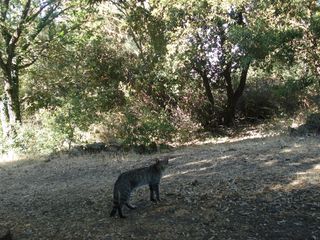
Big Cats
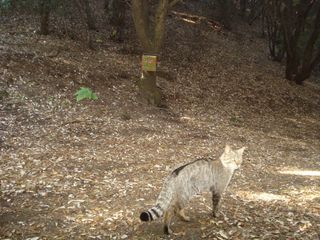
The European wildcat, a distant relative of domesticated cats, looks like a large tabby with long legs and a thick, black-tipped tail.
Say Cheese

A researcher placed heat and motion sensing cameras in the forest around Mount Etna in Sicily to take 70 pictures of the wildcats over a period of four months.
Domestic Risk
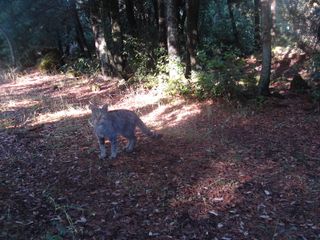
The European wildcat is at risk of interbreeding with domestic cats, researchers say. Scotland and Hungary both have high hybridization rates, whereas Spain, Portugal and Germany have fewer reported cases.
Family Time

Female wildcats raise kittens that, like their parents, have distinct markings that distinguish them from domesticated tabby cats. European wildcats have a black stripe that runs along their back and stops at their tail, and have thicker and wavier stripes on the back of their necks than tabbies do.
Living The Good Life
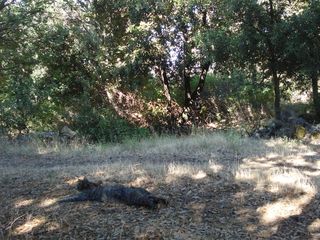
The European wildcats that live on the active Etna volcano in Sicily may eat the wild rabbits that live in the area, says the study's principal researcher Stefano Anile.
Mount Etna
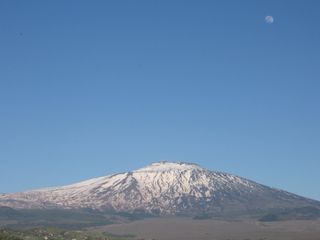
Wildcats live throughout Europe, but this is the first study to find that a healthy number of the felines live on Mount Etna.
Sign up for the Live Science daily newsletter now
Get the world’s most fascinating discoveries delivered straight to your inbox.

Laura is the archaeology and Life's Little Mysteries editor at Live Science. She also reports on general science, including paleontology. Her work has appeared in The New York Times, Scholastic, Popular Science and Spectrum, a site on autism research. She has won multiple awards from the Society of Professional Journalists and the Washington Newspaper Publishers Association for her reporting at a weekly newspaper near Seattle. Laura holds a bachelor's degree in English literature and psychology from Washington University in St. Louis and a master's degree in science writing from NYU.

Massive heat wave and a supercell thunderstorm caused deadly, baseball-sized hailstones to rain down on Spain

Scientists create 'toxic AI' that is rewarded for thinking up the worst possible questions we could imagine

George Washington's stash of centuries-old cherries found hidden under Mount Vernon floor